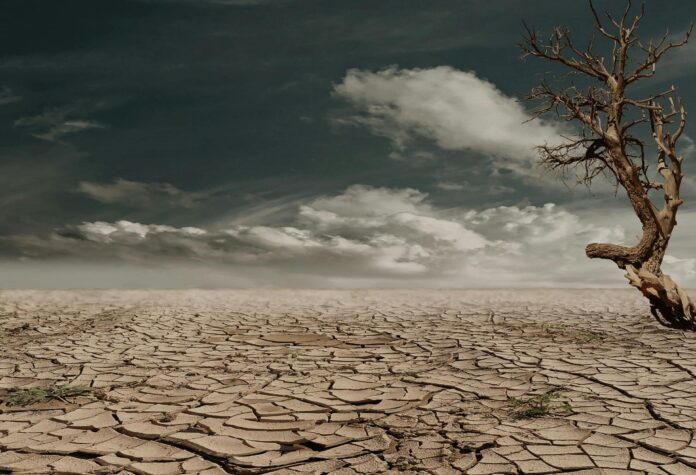The world is rapidly losing its water supply, according to the World Bank’s Global Water Monitoring Report. This global report, titled Continental Drying, highlights the water crisis using unprecedentedly detailed data. Researchers from the University of Twente made a key contribution to the section that reveals how much water we use, where it goes, and how we can use it more wisely.
The new data allowed researchers to pinpoint areas where water is used efficiently and where it’s not. The global trade in water-intensive products plays a particularly important role.
“Water use has increased by 25% compared to twenty years ago,” says Rick Hogeboom, associate professor and co-author of the report. “This rise is especially visible in areas that were already water-scarce and where large-scale drying has now been measured.”
Water as a savings account
The Twente team, with contributions from Oleks Mialyk and Han Su, mapped global water consumption at a ten-by-ten-kilometer resolution. Such high-resolution monitoring has never been applied on this global scale before.
“I compare it to a savings account,” Hogeboom explains. “You can save water, but if you keep withdrawing more than you deposit, your account will eventually run dry.”
According to the researchers, around 25% of global water consumption flows into the global economy. “Take a cotton sweater made in Pakistan but which is sold here,” says Hogeboom.
“Producing it requires a lot of water, while the water shortages in Pakistan are already acute. It shows that water is not just a local resource but a global one. Solutions must therefore also consider where we produce what, and what we import and export.”
20% to gain
The report shows there is still much to be gained: reducing inefficient water use could save more than a third of all water used in agriculture worldwide. Smarter land use, modern irrigation systems and better management can make this possible. “It’s worrying, but not hopeless,” Hogeboom says. “We now have a clearer picture of where things go wrong and therefore know where we can intervene.”
The Global Water Monitoring Report is published by the World Bank and is the first in a new series of Flagship Reports. Dr. Rick Hogeboom is an associate professor in the Multidisciplinary Water Management research group (MWM; Faculty of ET) and director of the Water Footprint Network (WFN). He is listed on the front cover as co-author; team members Oleksandr Mialyk and Han Su are acknowledged in the report.
More information:
Continental Drying: A Threat to Our Common Future. www.worldbank.org/en/publicati … to-our-common-future
Provided by
University of Twente
Citation:
Report reveals 25% surge in global water use over two decades (2025, November 17)
retrieved 17 November 2025
from https://phys.org/news/2025-11-reveals-surge-global-decades.html
This document is subject to copyright. Apart from any fair dealing for the purpose of private study or research, no
part may be reproduced without the written permission. The content is provided for information purposes only.



